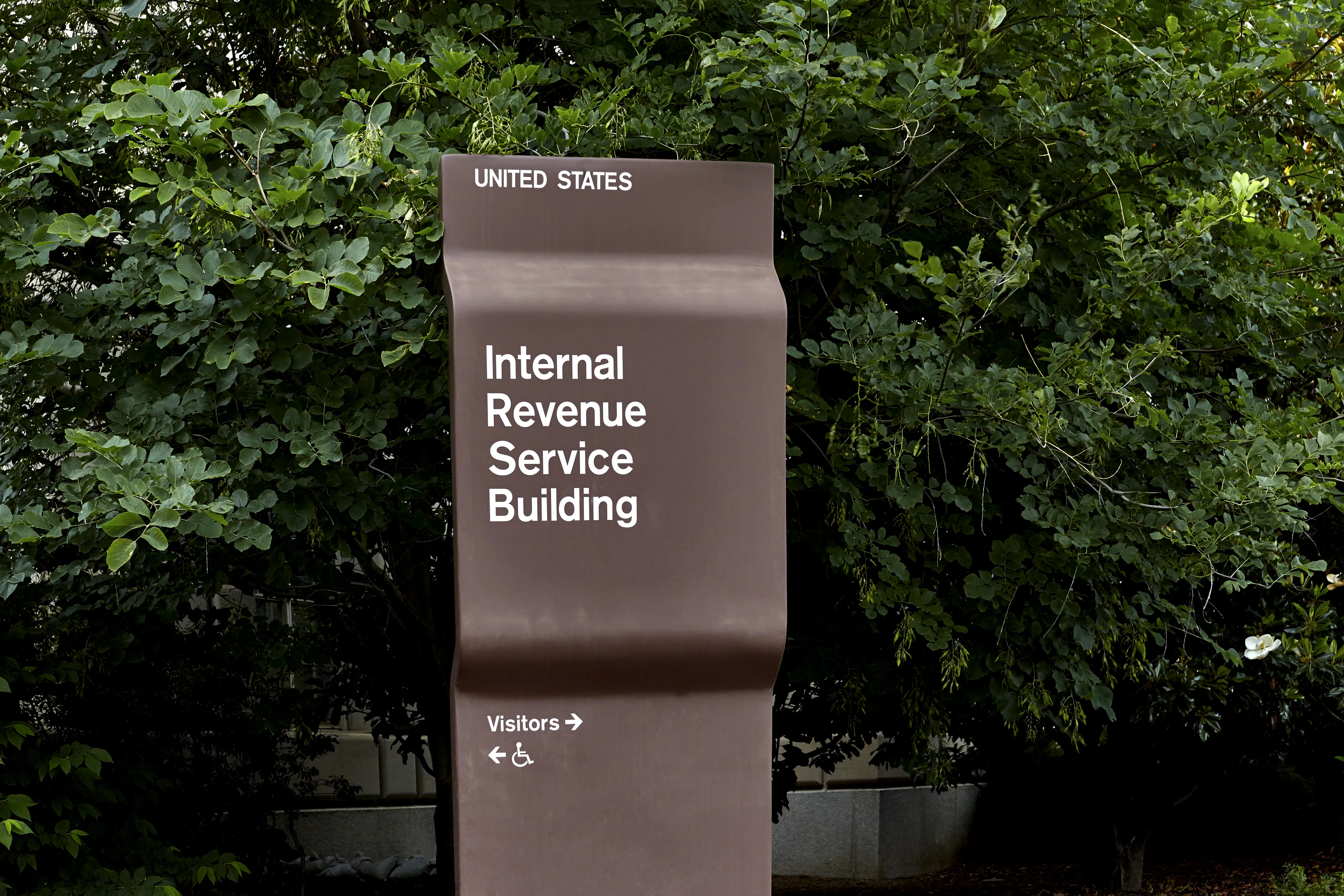
Why do college textbooks cost so much? 7 questions answered

Amie Freeman, University of South Carolina
Editor’s note: The high price of college textbooks has long been a sore point for students. Even though the price reportedly went down by 26% since January 2017 – the first decrease in years – the overall trend in recent years has been a steady incline. Amie Freeman, a librarian at the University of South Carolina, explains the forces behind the prices.
1. How much are students spending on textbooks these days?
The National Association of College Stores reports that students spent an average of US$415 each on required course materials during the 2018-2019 school year. The College Board says students should budget $1,240 annually for books and supplies.
Several factors make course materials so expensive. First, there’s not much competition in the textbook industry. Just five publishers control about 80% of the textbook market, and two of those announced plans in May 2019 to merge by early 2020. Second, students have little choice in the materials they purchase since content is usually assigned by professors.
2. How do high prices affect students?
High textbook costs have negative effects on students. Many students report not purchasing required texts, taking fewer courses or even earning a poor grade as a result of not having a required text. For instance, a 2018 survey of students at public colleges and universities in Florida found that the high cost of textbooks had led 64.2% of students to not buy a required textbook and 42.8% to take fewer courses. Additionally, 35.6% said the high cost of textbooks caused them to earn a poor grade and 22.9% said it led them to drop a course.
The cost of textbooks can also lead students to rack up more student debt if they rely on financial aid to pay for course materials.
3. What are Open Educational Resources?
Colleges and universities have been active in promoting and developing affordable textbooks, including Open Educational Resources, more commonly known as OER. Open Educational Resources are educational materials – often in digital form – offered freely and openly for anyone to use.
The use of OER has saved students around the world over a billion dollars, and the vast majority of those savings have been reaped by students in the United States and Canada. Research has shown that students using OER do as well as or better than students using traditional course materials, with even better results for less financially secure students.
4. Is there any downside to Open Educational Resources?
Two of the most common complaints about OER are that there’s not a text available for every subject and that homework assignments and other accompanying materials for OER are not as well developed as commercial offerings. The good news is that both of those downsides are being addressed. Grants and funding allow for the steady creation of a larger base of customizable open textbooks and secondary resources.
Faculty members also express concern over the quality of OER. The quality of OER can vary, but many are written by experts and have faculty reviews available to assist instructors in selecting materials that suit their needs.
5. What else are schools doing to bring down costs?
Some college libraries loan textbooks or provide electronic resources to students for free. One of the biggest efforts going out right now is known as “inclusive access.” This is an arrangement where colleges provide students with discounted digital access to course content on the first day of class by billing the student.
Some colleges work with publishers or bookstores to offer students digital textbook subscriptions. Through these subscriptions, a student pays a subscription fee that gives them access to all the materials they may need from a particular publisher for a semester or a year. If a student is assigned several textbooks from this publisher, it may be worthwhile. However, it probably wouldn’t be a good deal if a student is assigned only one or two texts from this publisher.
6. Will physical textbooks ever become obsolete?
The digital versus print conversation is ongoing, but I think that there will always be learners who are better able to comprehend print over digital content. It’s clear that publishers are moving more toward digital offerings, but it’s unlikely that students will be able to print these materials or buy a print copy without additional costs. OER licenses, on the other hand, usually permit students to print as much content as they’d like, which is beneficial for students who don’t learn as well from digital texts.
7. What can students do to cut costs?
If a student’s assigned materials aren’t automatically charged to his or her tuition, the student could shop around both online and in-store to find the best rate. Some students search one of the many cost comparison sites, such as TextSurf, available online. A student might also consider a digital or physical rental if the student doesn’t plan to use the material after the course ends. If the college or university offers access to textbooks through the library, that’s a great place to save money. Most students who skip purchasing their course materials fear their grade will be negatively affected, so it’s essential that these cost-saving opportunities, alongside the option of open textbooks, are available to students.
[ You’re smart and curious about the world. So are The Conversation’s authors and editors. You can read us daily by subscribing to our newsletter. ]![]()
Amie Freeman, Scholarly Communication Librarian, University of South Carolina
This article is republished from The Conversation under a Creative Commons license. Read the original article.

















